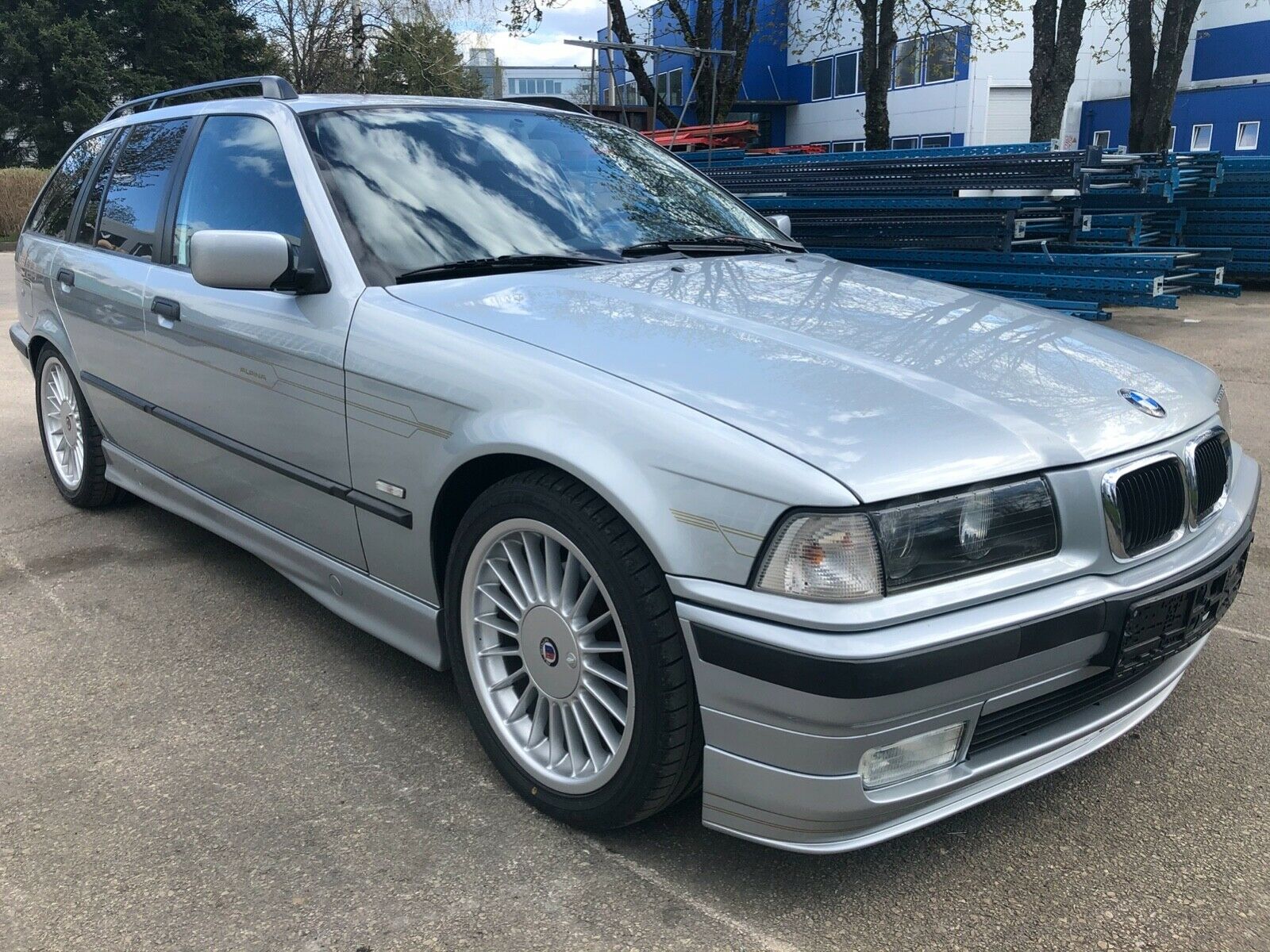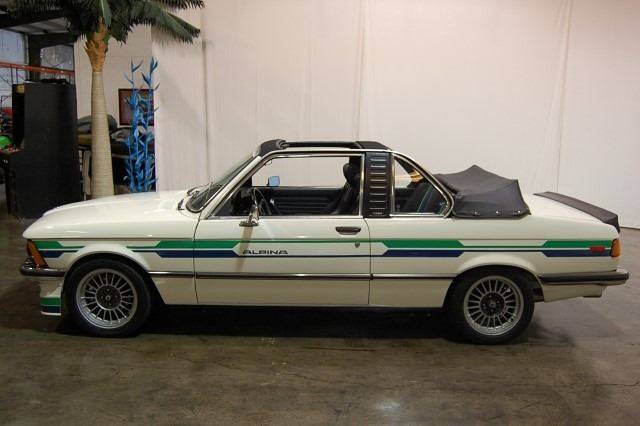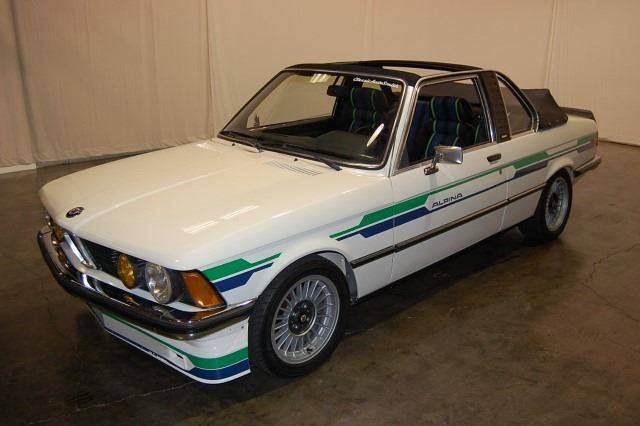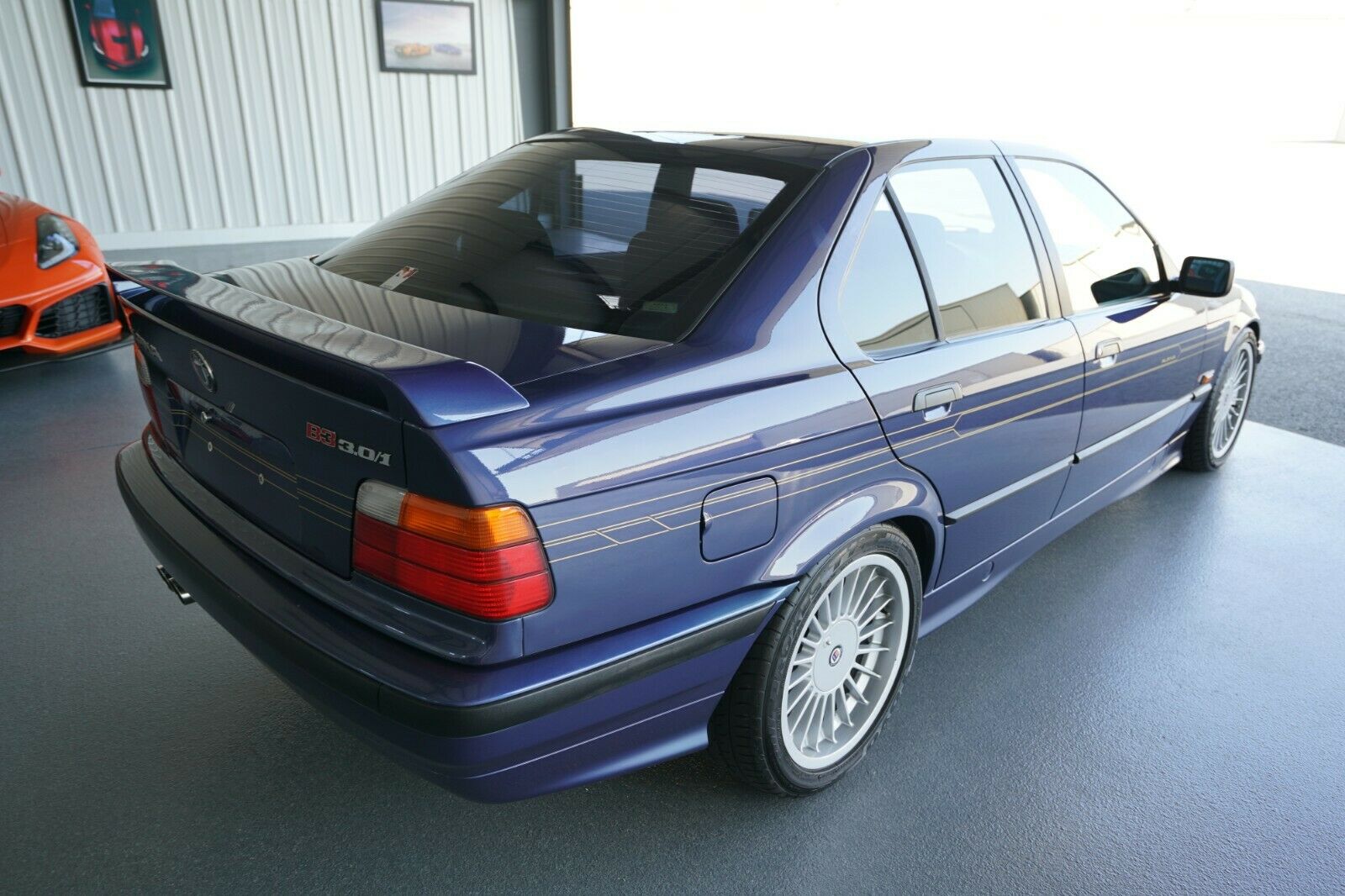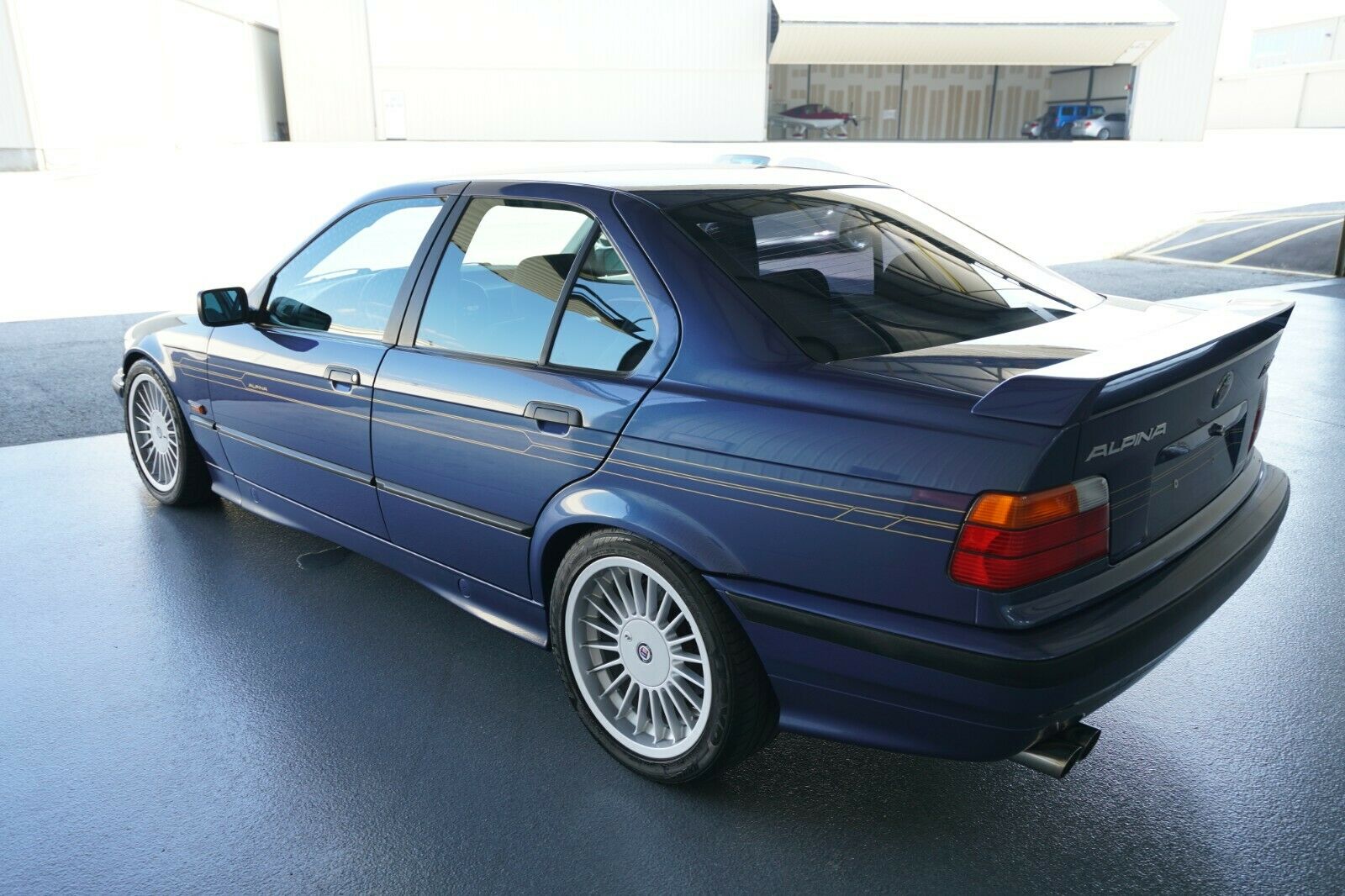While some other aftermarket tuners such as Ruf and Renntech offer turned up versions of the already potent cars, Alpina operates slightly differently – filling in the voids of models not offered by the manufacturer. There are plenty of examples of this, and if often seems to be misunderstood; Jeremy Clarkson’s review of the Alpina Roadster is probably the most notable case. A slower, softer, automatic version of the hardcore roadster certainly doesn’t make a lot of sense at first glance. But what Alpina does is give enthusiasts the opportunity to enjoy the performance that BMW offered in a slightly different package that sometimes outperforms the original platform car. One of the notable missing gaps in the BMW lineup in the mid 90s was a faster version of the E36 Touring; building off the earlier B6 – effectively, Alpina’s 4-door M3 challenger built between 1992 and 1993 with a bespoke engine and typical Alpina upgrades, the company later launched the Japanese-only market B6 2.8 Touring. Produced between 1996 and 1998, only 136 of these small wagons were produced, again utilizing the 240 horsepower bespoke Alpina motor, special wheels and interiors, Alpina’s own body kit, exhaust and suspension. They were available in 3 colors only; red, green, and silver:
Category: Alpina
While I’m certainly not a particularly religious person, it’s hard not to accept the joy of an Easter egg hunt witnessed through the eyes of a child. Even in these trying times, its some semblance of normality lacking in the rest of our existence. But limiting such an egg hunt to children only seems unfair. And our reader John supplied us with quite the egg find today!
This purple Porsche eater comes from the hallowed halls of Buchloe and the storied company of Alpina. Normally Alpina takes ‘ordinary’ BMWs and transforms them in extraordinary performance machines. But in one case, they took a very special BMW and made it very….specialerer. Such is the case with the B6 3.5S. The 3.5S took all of the important bits of that made the 3.5 very unique and stuck them into an M3 chassis. That meant upgraded brakes, heavy-duty front springs, and the signature Alpina wheels coupled with the 3.5-liter M30 with high compression pistons, a special head and cam, and Alpina exhaust resulting in 254 horsepower. While just 219 B6s were produced, only 62 B6Ss were made. And this one is Daytona Violet!
CLICK FOR DETAILS: 1988 Alpina B6 3.5S on Classic Auto Restor
6 CommentsWhen enthusiasts think of custom coachwork and Germany, one name usually springs to mind: Karmann. Most identifiable for their combination with Ghia’s designs for Volkswagen, Karmann produced not only their eponymous creation Karmann-Ghia in both Type 14 and Type 34 configuration, but also the Beetle convertible. Volkswagen’s association didn’t end there, though, as the first Rabbit Cabriolets, both versions of the original Scirocco and the later Corrado were all built by the firm. So, too, were some of the first Porsche 356, 911 and 912 models, along with the 914. BMW, too, turned to the firm for ‘Big Coupe’ production, from the 2000CS to the E24 6-series. But when it came time to take the top off of their small cars, BMW looked elsewhere.
From Osnabrück, BMW headed into the heart of the enemy’s home in Stuttgart, where Karosserie Baur was located. Baur was the company that BMW turned to when plans with Lamborghini to produce the supercar M1 fell through. Baur would later be the home that the infamous Group B Sport Quattro and Porsche 959 were produced in. In short, Baur was responsible for some of the most significant designs in German motoring and has plenty of expertise in factory-quality experience. It should come as no surprise, then, that they were the company that BMW selected to produce the first 3-series convertibles.
Taking the roof off the car seems simple enough; just grab a saw and say ‘How hard could it be?’ Well, not so fast, as structural rigidity rears its ugly head. Beyond that, in the 1970s government nannies were indicating that the idea of a topless car was going to be outlawed, leading many manufacturers – including all of the major U.S. brands – to abandon the idea. Baur’s solution to the problem was to create a roll hoop ‘Targa’ model, which as we know from Porsche models offered multiple roof positions while simultaneously solving the issue of structural rigidity and occupant safety. But Baur wasn’t able to utilize the ‘Targa’ nameplate, as Porsche owned the copywrite of the title. Baur instead called the new partially topless 3-series the Top Cabriolet, shortened to TC. BMW offered these as a full-factory option and maintained the warranty, as these cars were expensive in period – a 320i like this one hit the market at the equivalent of $14,000 in 1979 (about $50,000 today) and selecting the Baur TC1 option added some $6,000 (about $21,000 today) to the price. Just for reference, that’ll buy you TWO brand new 230is today.
CLICK FOR DETAILS: 1979 BMW 320i Baur TC1 on eBay
3 CommentsWhen BMW upped its game in the E36 chassis with the introduction of the M3, specialty tuner Alpina answered with the B3 3.0 and later 3.2 in step with BMW. The successor of the slightly less powerful B6 model, the B3 kept many of the same improvements to the E36 chassis – unique stabilizers, springs and shocks, and larger brakes. Inside the B3 received the normal Alpina-style shift knob, steering wheel and seats, and in their typical style Alpina provided unique front and rear spoilers along with their own badging. Of course, the package was rounded out by some of the best looking wheels ever fit to a BMW. While the B3 was down on power to the European M3 3.2, it wasn’t really much slower – again in typical Alpina fashion, the car was tuned to make the most of the power that was available rather than just provide a shockingly high output number. A reported 1,000 of these ultra-exclusive B3s were produced, with about 2/3rds of those being the earlier 3.0 model, and in four different configurations – Coupe, Cabriolet, Touring and Sedan. This is one of the 741 3.0s made of which 339 were sedans, and it poses the interesting question – would you rather have this or the European-spec M3 I just looked at?

